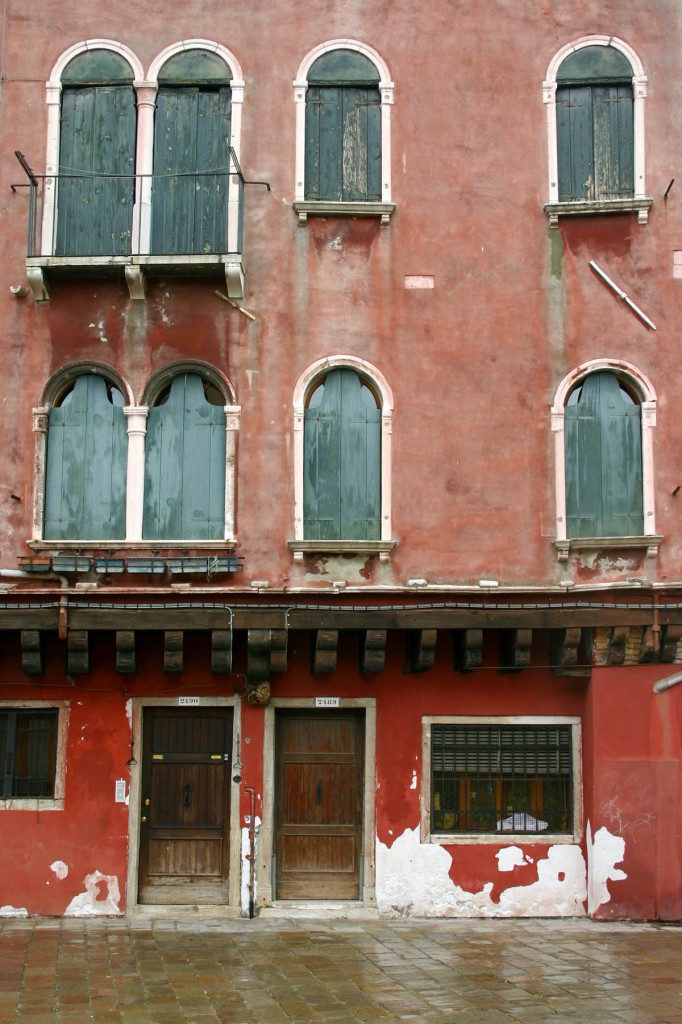This post really hit home with me because we use to have a VERY old house before we moved (built in the 1800’s) and had a scare with asbestos when Cody was just a baby! It is great to have a resource to go to if you are ever in a situation like that!
Even though asbestos hasn’t been used extensively in several decades, the products, appliances, and homes that were built using asbestos-containing materials (ACMs) are still around. In most situations, families are safe today from prolonged asbestos exposure, but it’s important to understand that the risk, regardless of how small, is still there.
What is Asbestos and Why is it Dangerous?
Asbestos is a mineral that’s found naturally under large rocks and boulders across the world. Asbestos is well-known for its resistance to high temperatures and fires, and therefore was a popular choice for products, equipment, appliances, machinery, homes, buildings, and more.
The dangers of asbestos date back to the 1800s, yet it wasn’t until the late 1970s that the Environmental Protection Agency (EPA) implemented strict regulations on its use. Several decades of studies finally confirmed that asbestos fibers, when ingested, can lead to serious, life-threatening health complications, including mesothelioma, also know as asbestos cancer. Yet, by the time regulations were placed on its use, thousands of people had already developed asbestos-related diseases, and an influx of mesothelioma law suits followed.
How to Keep Your Family Safe From Asbestos
Homes and appliances that were built prior the EPA’s regulation may contain asbestos. Alas, there is no way to detect asbestos in your home or appliances, but if they were made prior to the early 1980s, it’s strongly recommended that you contact a state-certified asbestos professional who will be able to determine if asbestos is present. Until then, no repairs or renovations should be done on the home or on any older appliances.
Asbestos was also used in vermiculite insulation, and is commonly found behind walls and in the attics of older homes. Again, no repairs should be made and your family should avoid even walking around in the attic until it’s been professionally inspected.
Children in particular need to be watched carefully. Since their lungs are still developing and they breathe differently, they are more susceptible to the harmful fibers of asbestos. Additionally, the Agency for Toxic Substance and Diseases Registry (ATSDR) suggest that since children drink more water per kilogram of body weight when compared to adult, their chances of consuming asbestos fibers run higher. The following tips should be adhered to at all times in order to keep your children safe:
- Old, abandoned building and sheds may have been constructed with asbestos-containing materials (ACMs). Therefore, kids should never play in or around these structures.
- Old pipes were once sprayed with asbestos including pipes to water fountains. Although the EPA enforces regular water testing to ensure its safe, there is a chance that corroded pipes will disturb asbestos fibers. The fibers can mix in with the water. Never allow children to drink from older water fountains. Pack bottled water instead.
- Never allow children to play in the attic of an older home or around older appliances until they have been thoroughly tested for asbestos.
If you need additional assistance or to find a state-certified asbestos professional in your area, contact your local health department.







{ 1 comment… read it below or add one }
Asbestos is one of the most legislated areas of compliance in properties for business and the home. Within businesses specific duties are placed on those responsible for running or occupying buildings. This is the same approach families should undertake in their homes. The risk of asbestos is just too high to shrug of your shoulders. Great article Jennie!